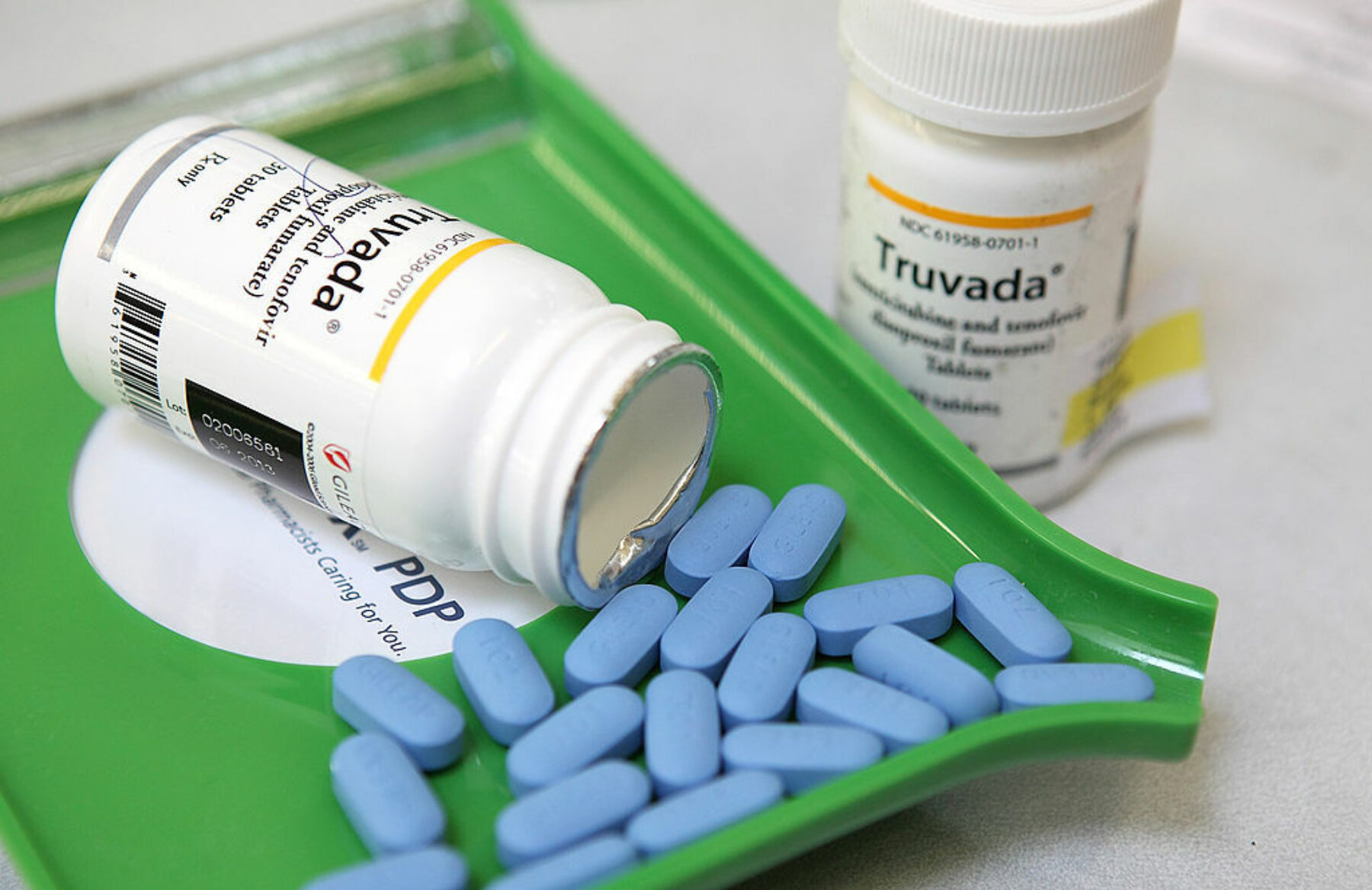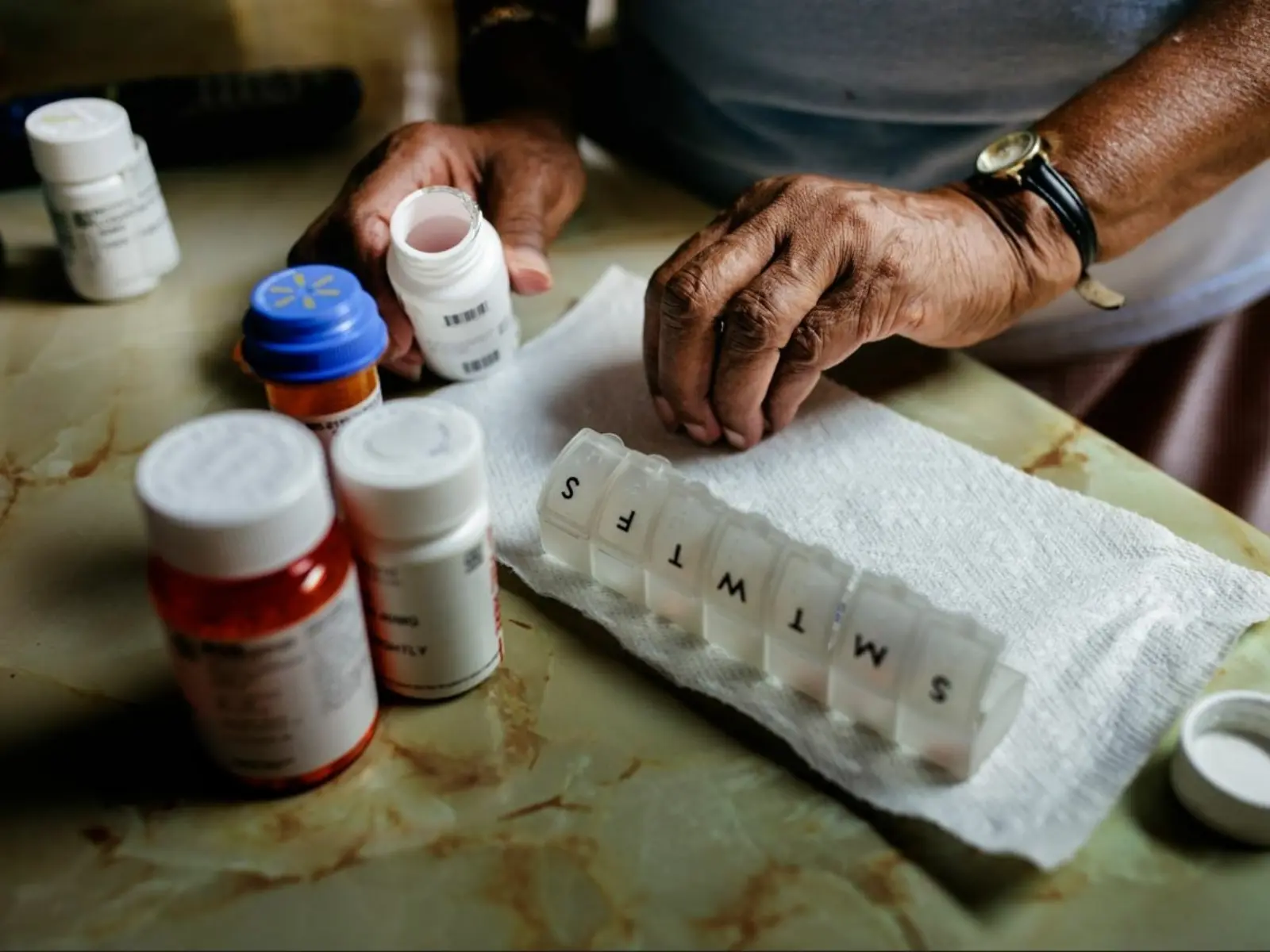Medications that prevent HIV infection — known as pre-exposure prophylaxis, or PrEP, have been available for nearly a decade — but less than a quarter of people who could benefit from PrEP are taking it. Arnold Ventures funded the creation of a novel policy proposal for a national program to finance and distribute these medications, moves that could put the U.S. on track to end the HIV epidemic. The proposal envisions a national PrEP program that addresses enormous disparities in access impacting rural communities and communities of color.
Arnold Ventures’ Drug Prices Team recently spoke with Joshua Sharfstein, a lead author of the proposal and a professor at the Bloomberg School of Public Health at Johns Hopkins University. Sharfstein said the proposal drew from past national public health success stories – and that its uptake could have positive implications for public health during the COVID-19 era. The creation of the national proposal marks an important and positive first step. Any path forward would likely include engagement with stakeholders and work with government officials to pursue and implement this strategy.
This piece has been edited for length and clarity.

Arnold Ventures
As a physician and former policymaker, how have you seen the burden of low PrEP utilization play out on the ground?

Joshua Sharfstein
The U.S. is barely making progress on the HIV epidemic. There are still tens of thousands of new infections a year, with more than two-thirds in Black and Hispanic individuals. A major problem is that many people at the greatest risk for HIV infection have poor access to preventive services, including PrEP.
One approach would be to trust that the health care system will eventually deliver better access to care. But as I’ve seen throughout my career, health care in the United States is confusing and inefficient and often produces unsatisfactory and inequitable results. This model recognizes that a new policy approach is urgently needed.

Arnold Ventures
How does the model outlined in your report serve as a mechanism to address disparities in PrEP utilization and access?

Joshua Sharfstein
In developing this model, we listened to many advocates, health policy experts, clinicians, and patients. Their common message was that HIV prevention services should be easily available to people “where they are,” rather than predominantly located in places and through programs that may be difficult to access.
The model proposes to make PrEP easily available — in clinics, at pharmacies, and in communities. One innovative element is the delivery of PrEP care via telemedicine inside trusted community programs, including domestic violence centers, syringe service programs, and street outreach efforts. This approach is designed to find people left behind by the current system, closing disparities affecting communities of color and rural areas.

Arnold Ventures
Your report mentions the Vaccines for Children program model inspired features of your proposed PrEP financing and delivery model. Tell us a bit about VFC’s successes and what features in particular are leveraged in your proposed model.

Joshua Sharfstein
The Vaccines for Children program was created in the 1990s as a response to a policy failure. Despite the fact that most children had insurance coverage for vaccines, many low-income children were not being vaccinated on time. Vaccine-preventable diseases were on the rise.
The new program nationalized vaccine purchase for poor and uninsured children, making it easy for health care clinics to order and provide vaccinations on time. In the process, the government has been able to use its buying power to lower costs. It has been estimated that during its first 20 years, the Vaccines for Children program prevented 322 million illnesses and 21 million hospitalizations, potentially preventing up to 732,000 deaths.
Our model takes inspiration from these successes, recognizing that a national approach to making life-saving preventive interventions widely available can have enormous benefits.

Arnold Ventures
Were there state models you drew from to inform this proposal?

Joshua Sharfstein
The Louisiana subscription model for the treatment of hepatitis C is another inspiration for this model. In Louisiana, state officials recognized that the health care system’s usual approach was failing to deliver a life-saving treatment to tens of thousands of people with liver disease. Their solution was to design a different way of buying medications and make them available to low-income state residents, both in community and correctional settings. As a result of this initiative, many Louisianans have been cured of hepatitis C.

Arnold Ventures
Are there other drugs that help meet important public health goals that have similar potential for this type of model at the federal level?

Joshua Sharfstein
Once the federal government sets up a national PrEP program, there will be opportunities to address other urgent health challenges. For example, community sites in the program’s network might become partners in efforts to vaccinate against COVID and other preventable diseases. They might also become places to offer effective drug treatment to people with substance use disorder.
In addition, there is broader relevance to the model’s approach of buying medications in bulk or through a subscription model. Paying at once for everyone to get care allows society to achieve life-saving and often cost-saving public health benefits. By contrast, it is less efficient and less equitable for the health care system to make coverage and pricing decisions one individual patient at a time.
As an example, a “public health” purchasing model for the opioid crisis could make naloxone (a medication that rapidly reverses opioid overdose) and treatment medications available to all who need them.
















